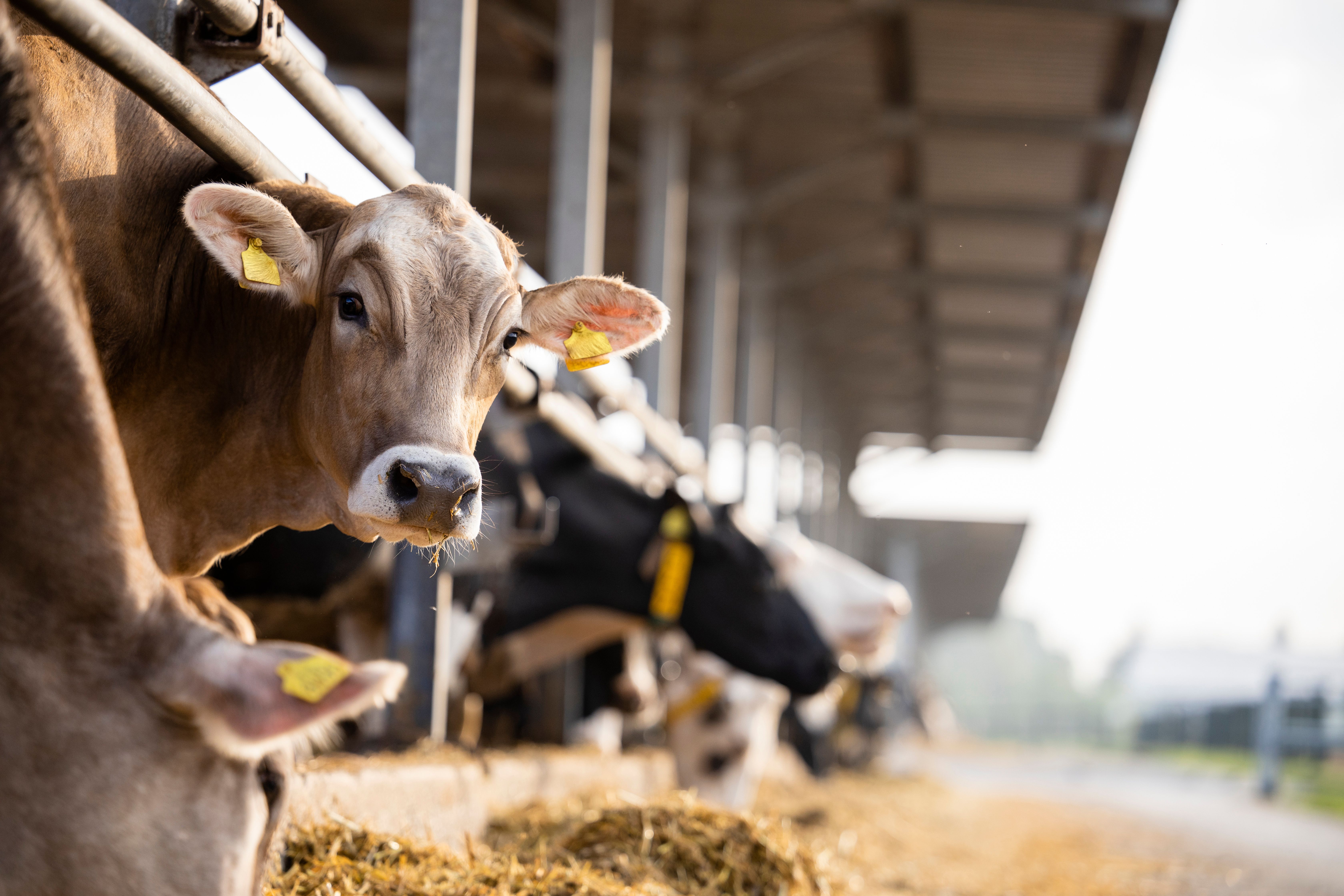Highly pathogenic avian influenza discovered in Texas and Kansas
This is the first time HPAI was detected in cattle and the second time found in a ruminant
littlewolf1989/stock.adobe.com

The USDA, FDA, and CDC announced on March 25, 2024, that highly pathogenic avian influenza (HPAI) was detected in cows in Texas and Kansas. Unpasteurized clinical samples of milk from the sick cattle were collected from 2 dairy farms in Kansas and 1 in Texas netted positive results and another dairy in Texas was tested through an oropharyngeal swab.
According to the American Veterinary Medical Association,1 the Minnesota Board of Animal Health (MBAH) announced that HPAI was found in samples obtained from juvenile goats on a farm in Minnesota where poultry had recently contracted the virus. The owner of the farm notified MBAH after experiencing unusual deaths of newly kidded goats on his property, near where backyard poultry was placed due to its HPAI diagnosis. It's believed that a shared water source caused the goats to contract the disease.2
“The detection of HPAI, first in goats and now in dairy cattle, underscores the importance of adherence to biosecurity measures, vigilance in monitoring for disease, and immediately involving your veterinarian when something seems ‘off,’” said Rena Carlson, DVM, AVMA president, in the release.1
“A complete evaluation, including the collection and submission of laboratory samples and reporting to state animal health officials in a timely fashion, when appropriate, is incredibly important,” she continued.
An investigation of an illness affecting dairy cattle on farms in New Mexico, Kansas, and Texas is tied to the detection of HPAI. The sick cows are primarily older and show decreased lactation, low appetite, and other clinical signs. Based on the investigation, 10% of the affected herds were affected, and little to no associated mortality was reported. The investigation also found that on the dairy farms where HPAI was identified, deceased wild birds were also found on the properties. It was determined based on findings from Texas that the virus was introduced by wild birds.
At this time, the USDA’s National Veterinary Services Laboratories (NVSL) found no changes in the virus that would make it more transmissible to humans, indicating a low public risk. The federal agencies involved indicated no concern about the safety of the commercial milk supply or that there is a risk to consumer health.1 Milk from any impacted animals is being diverted or destroyed to ensure it does not enter the food supply, and dairies are required to send only milk from healthy animals into processing for human consumption.1 Pasteurization, the process of heating liquids at high temperatures for short amounts of time, is also required for milk entering interstate commerce and inactivates bacteria and viruses like influenza.1,3
Federal agencies, veterinary, state animal health officials, and industry partners are working to encourage farmers and veterinarians to report any signs of illness to help minimize impacts on cattle, farmers, consumers, and other animals.
References
- Highly pathogenic avian influenza found in Texas, Kansas dairy cattle. News release. American Veterinary Medical Association. March 26, 2024. Accessed March 28, 2204. https://www.avma.org/news/highly-pathogenic-avian-influenza-found-texas-kansas-dairy-cattle
- Goat in Minnesota tests positive for HPAI. News release. American Veterinary Medical Association. March 26, 2024. Accessed March 28, 2024. https://www.avma.org/news/goat-minnesota-tests-positive-hpai
- Pasteurization. Virginia Department of Health. Accessed March 28, 2024. https://www.vdh.virginia.gov/environmental-health/food-safety-in-virginia/milk-safety/pasteurization/#:~:text=This%20process%20was%20named%20%E2%80%9Cpasteurization